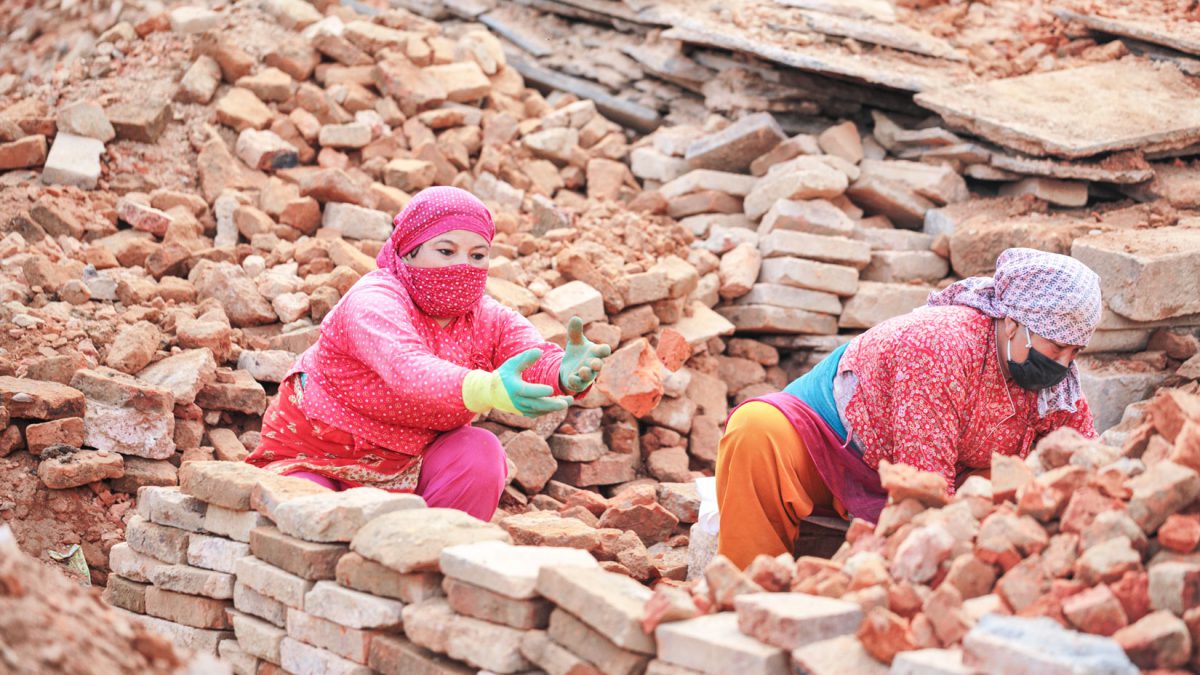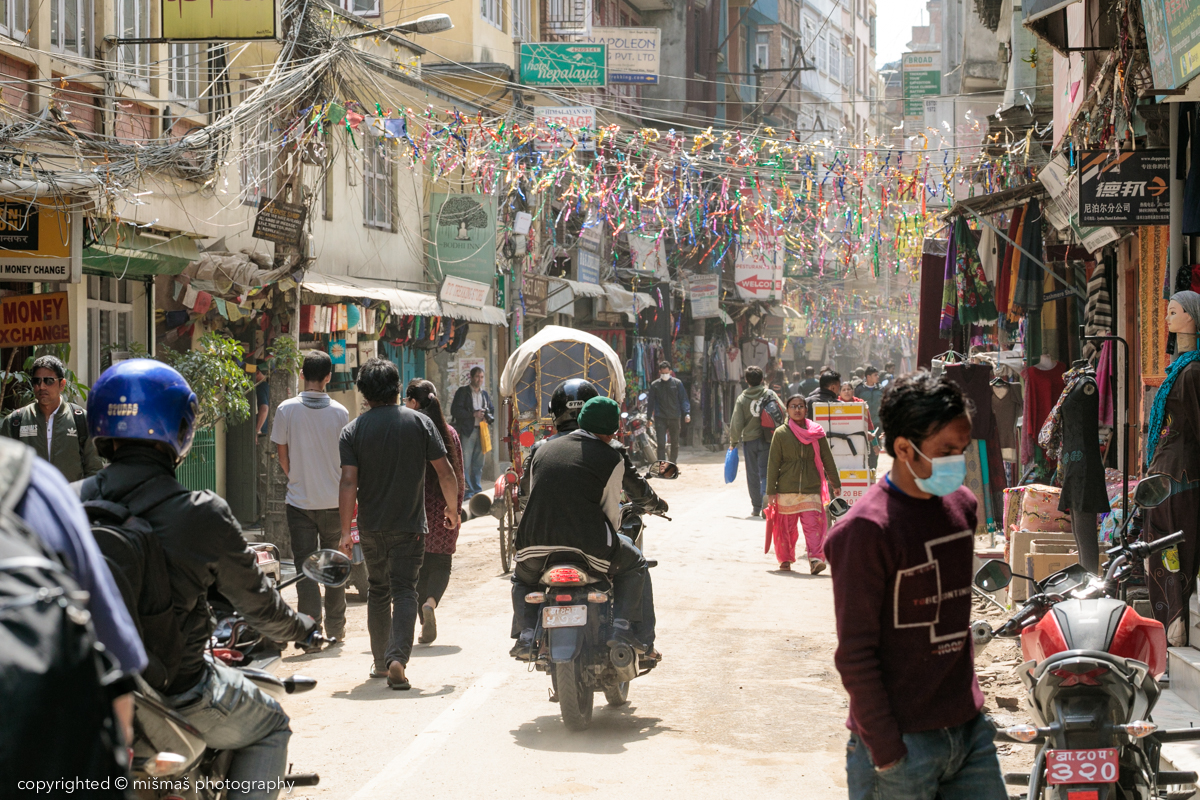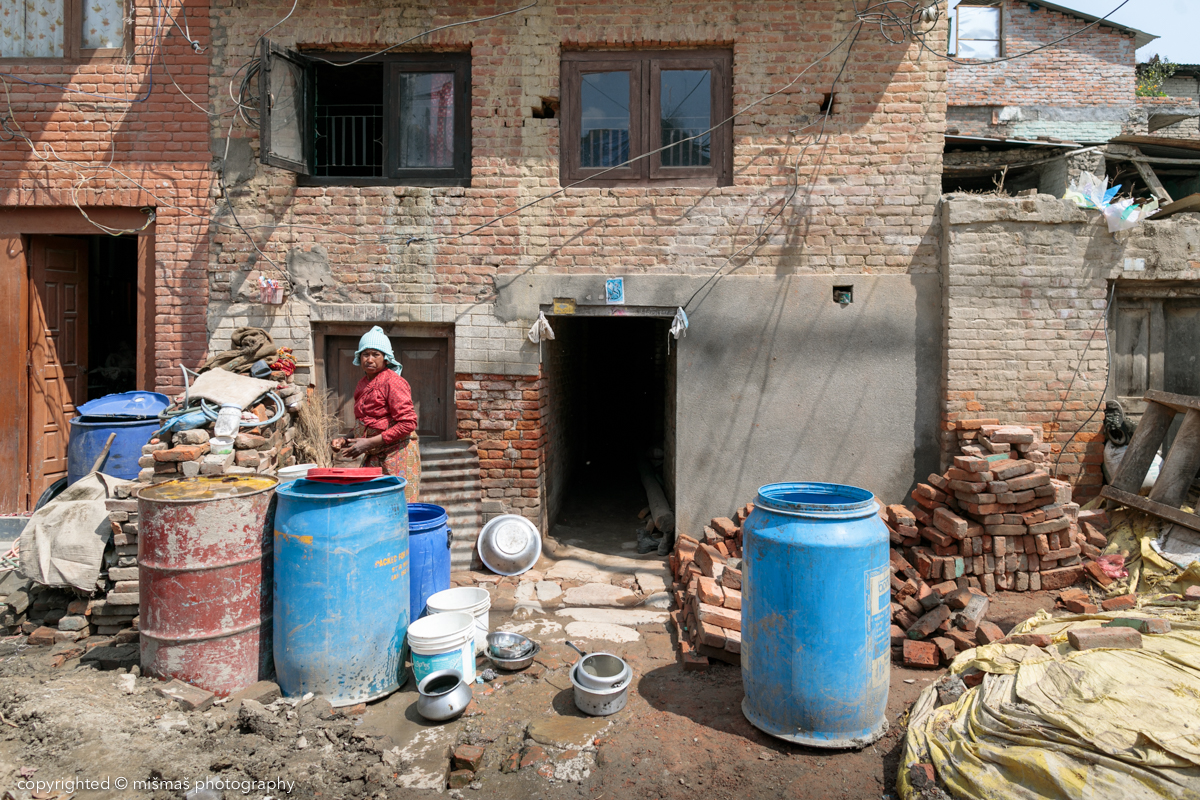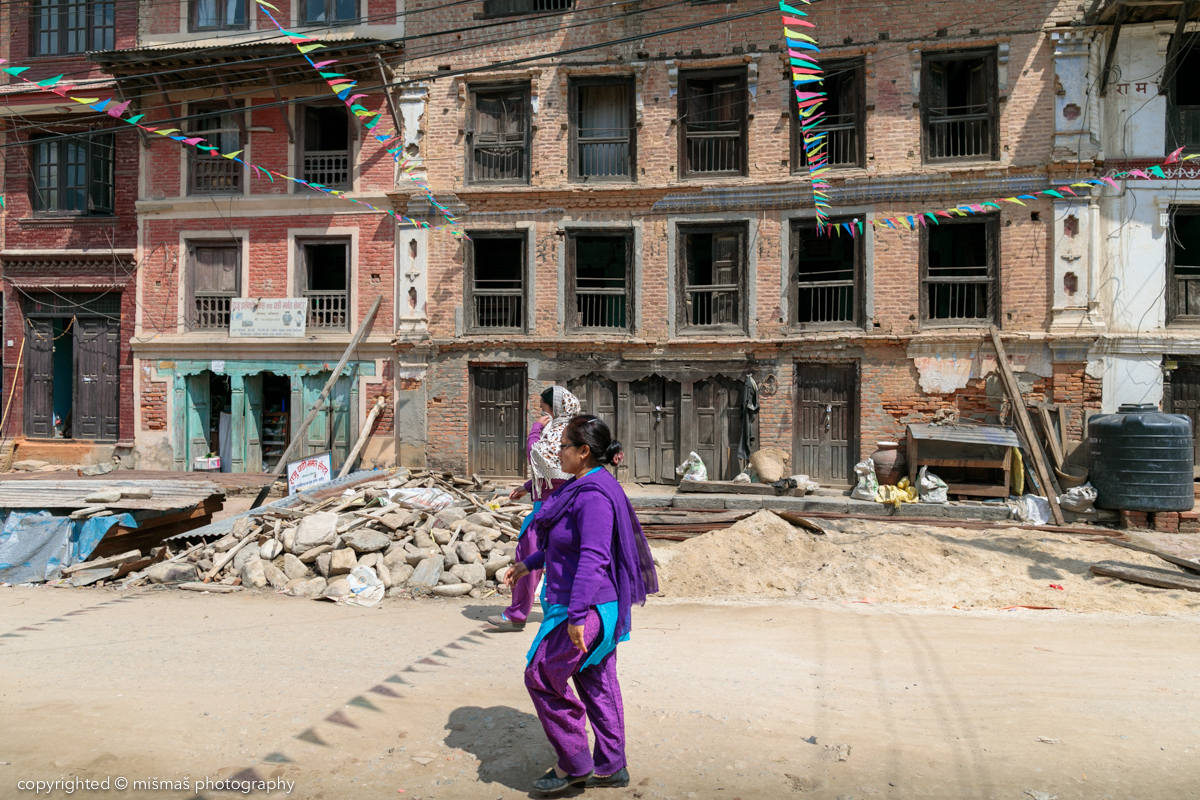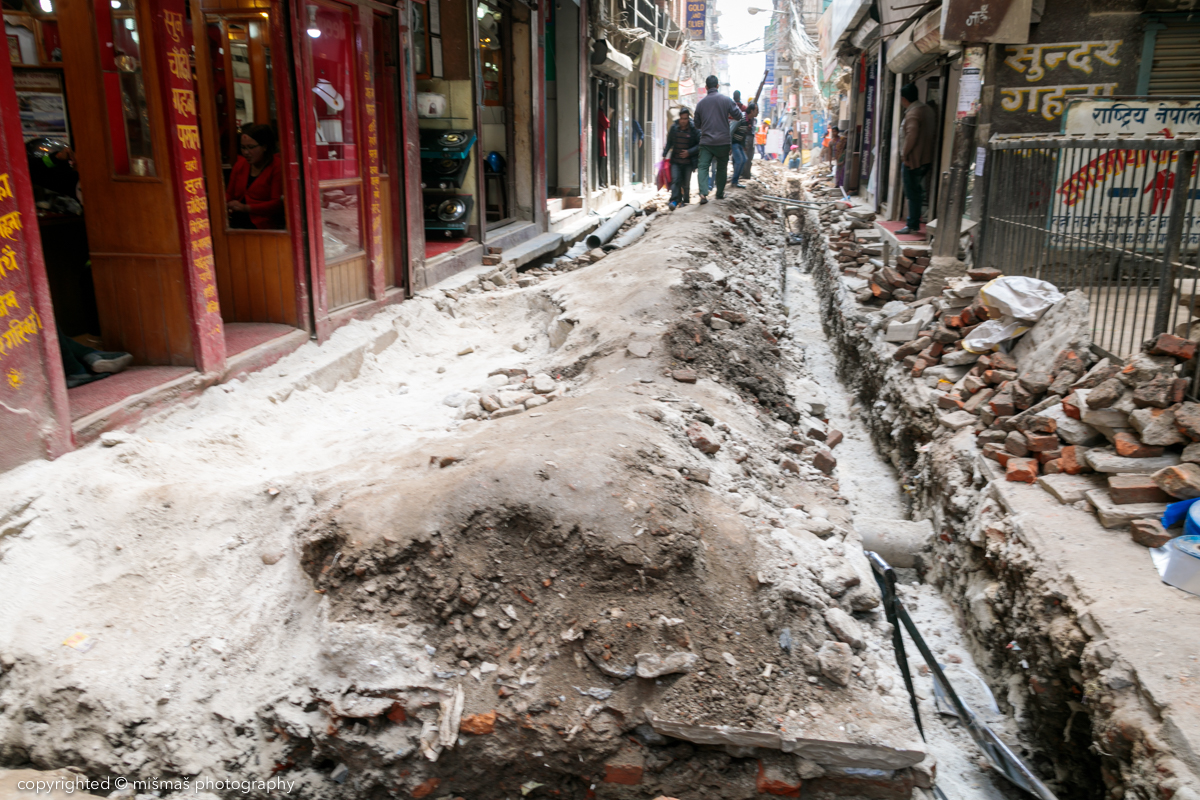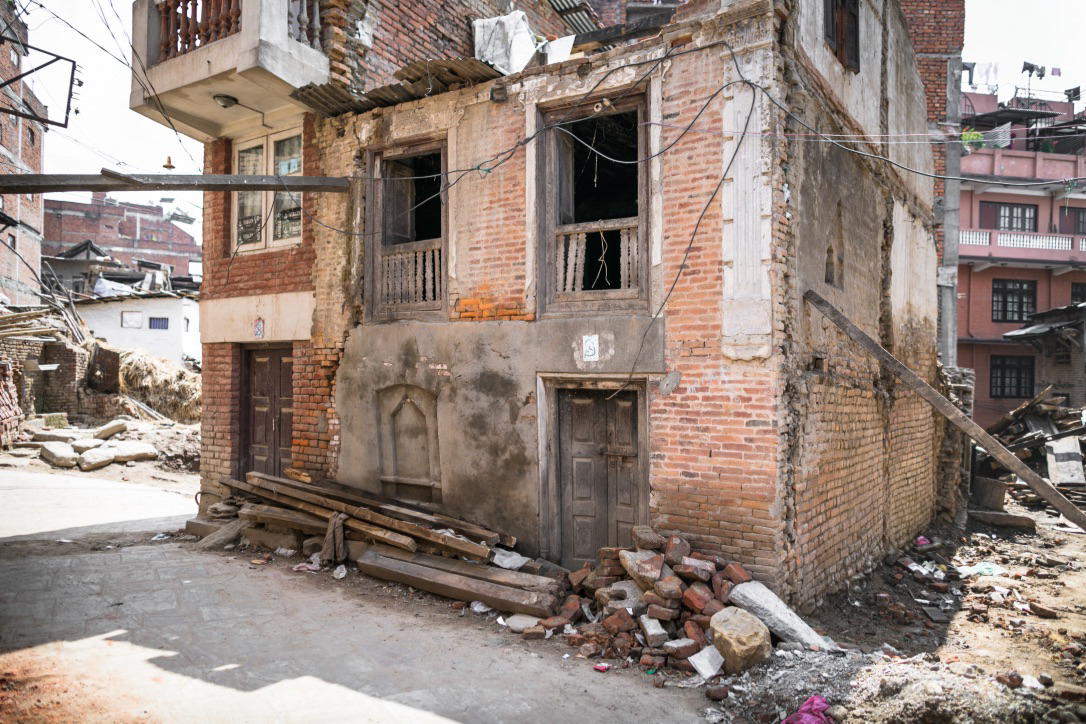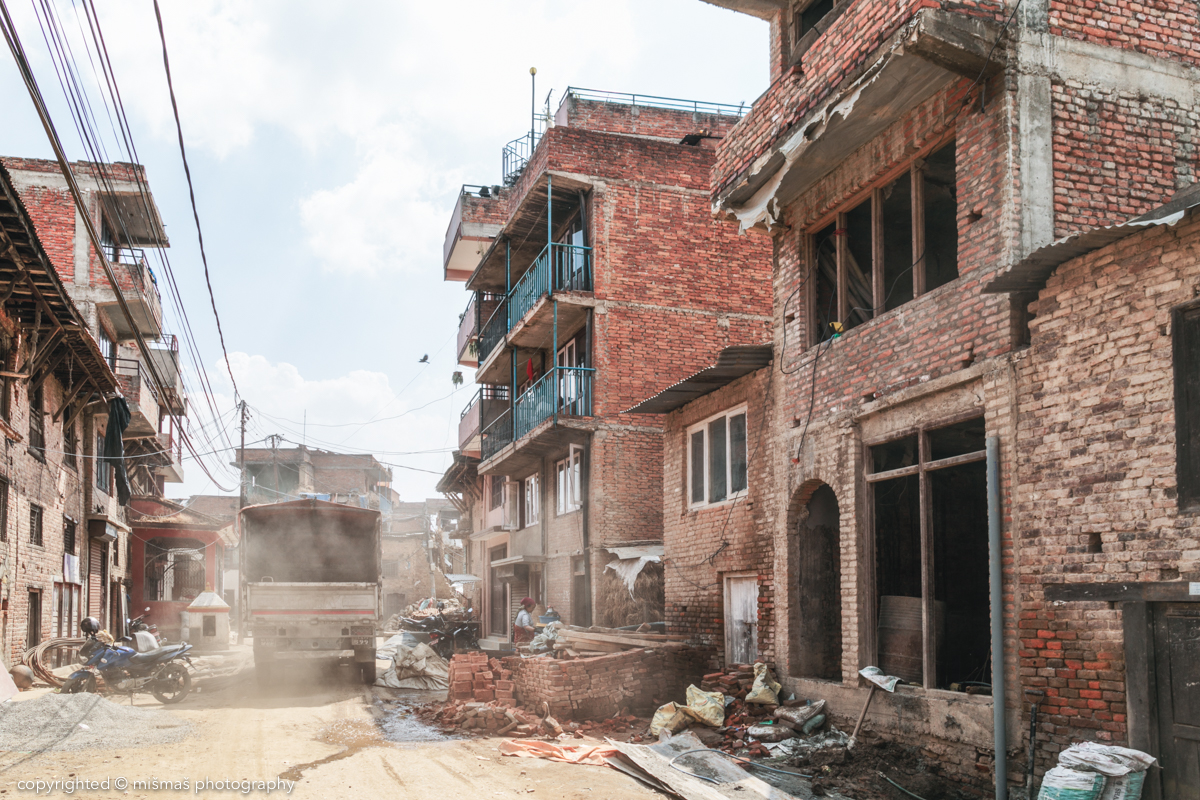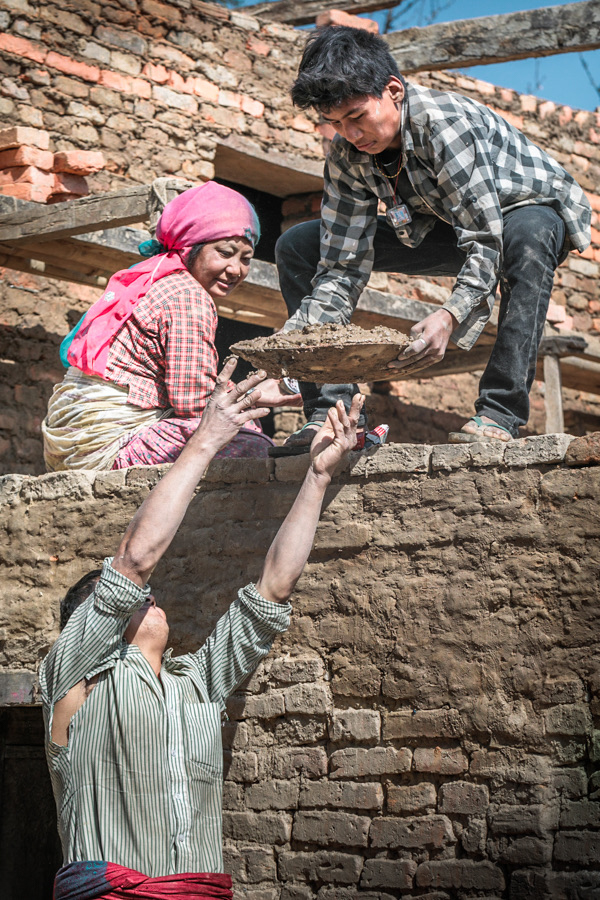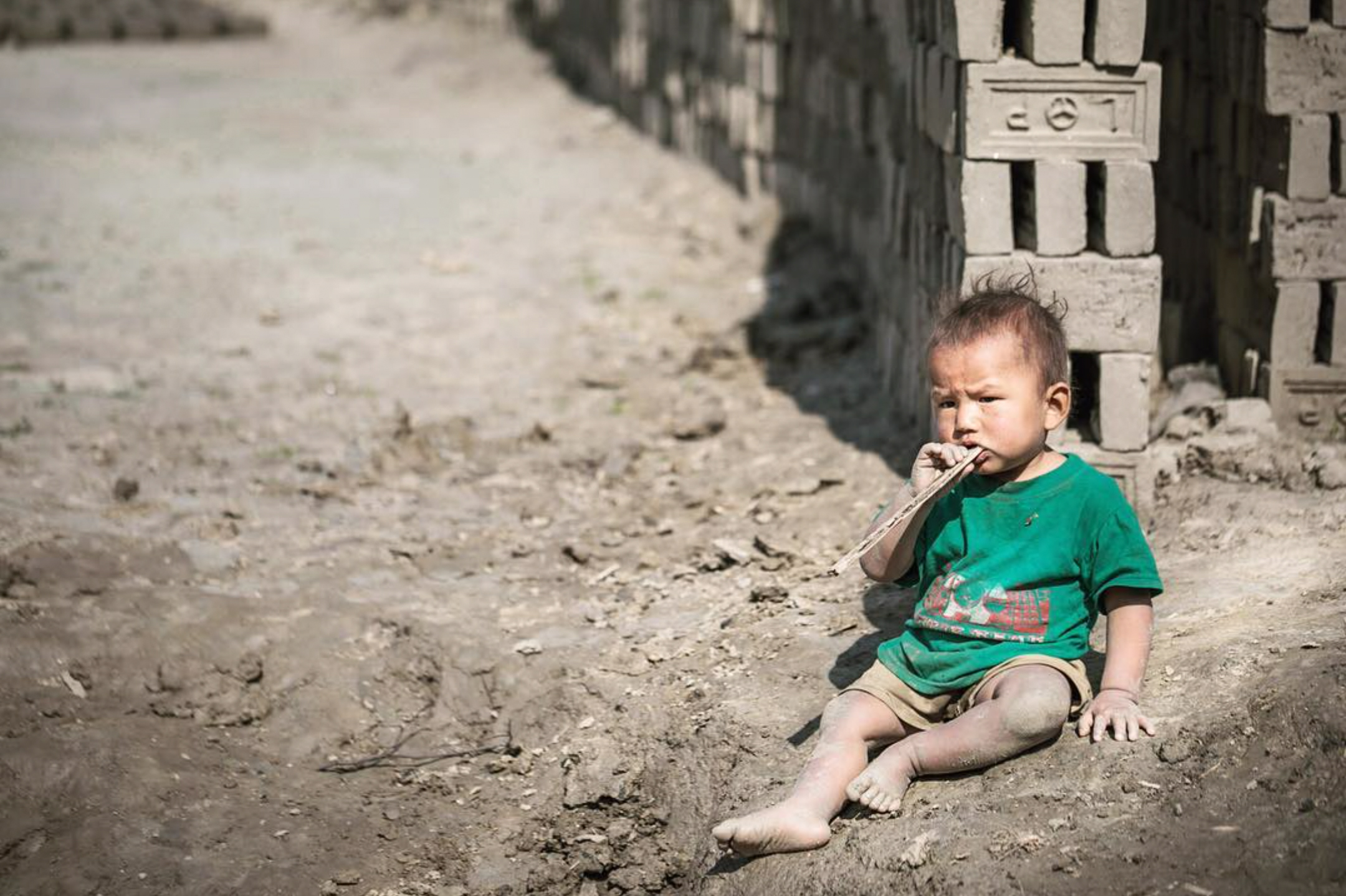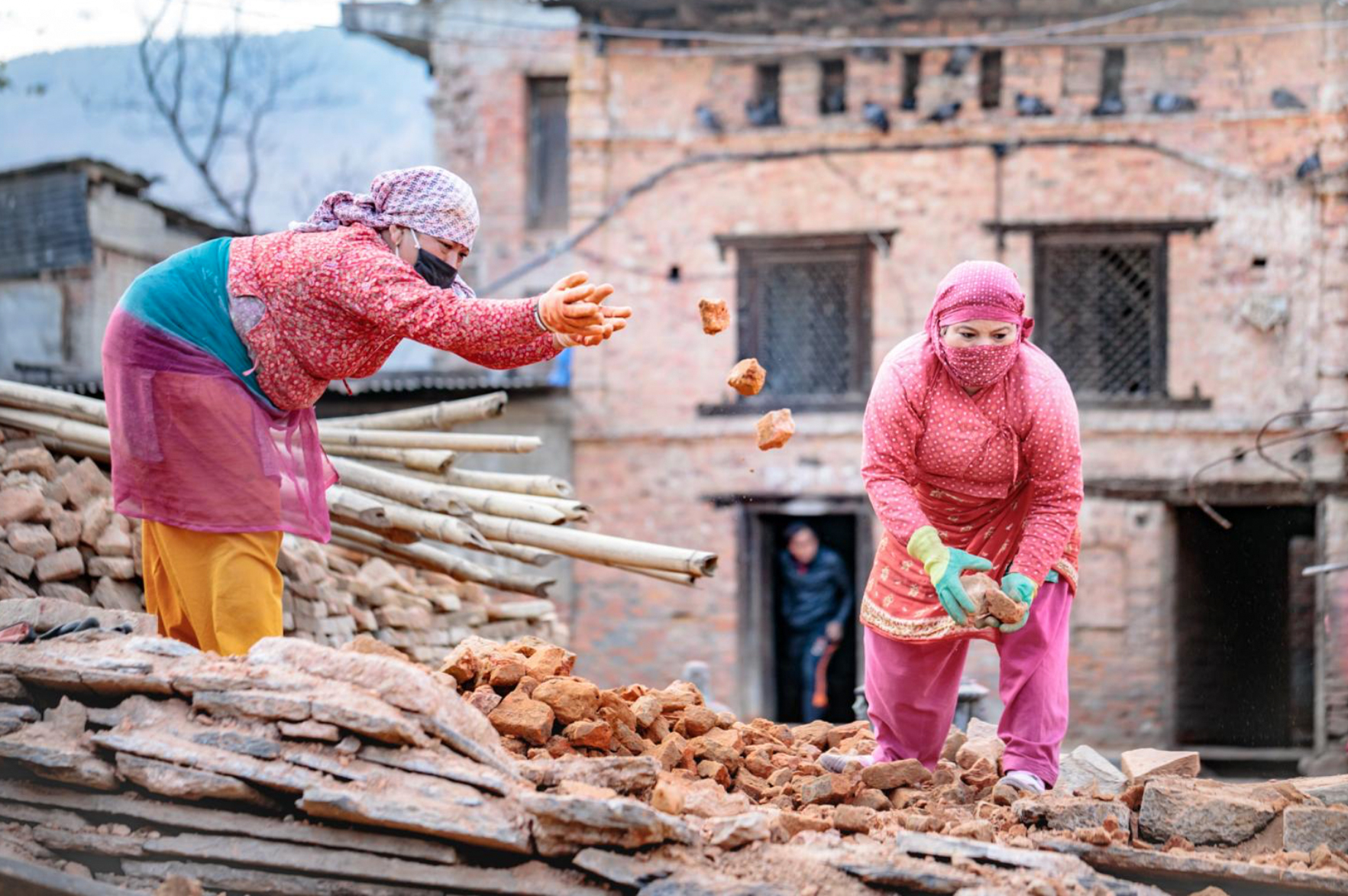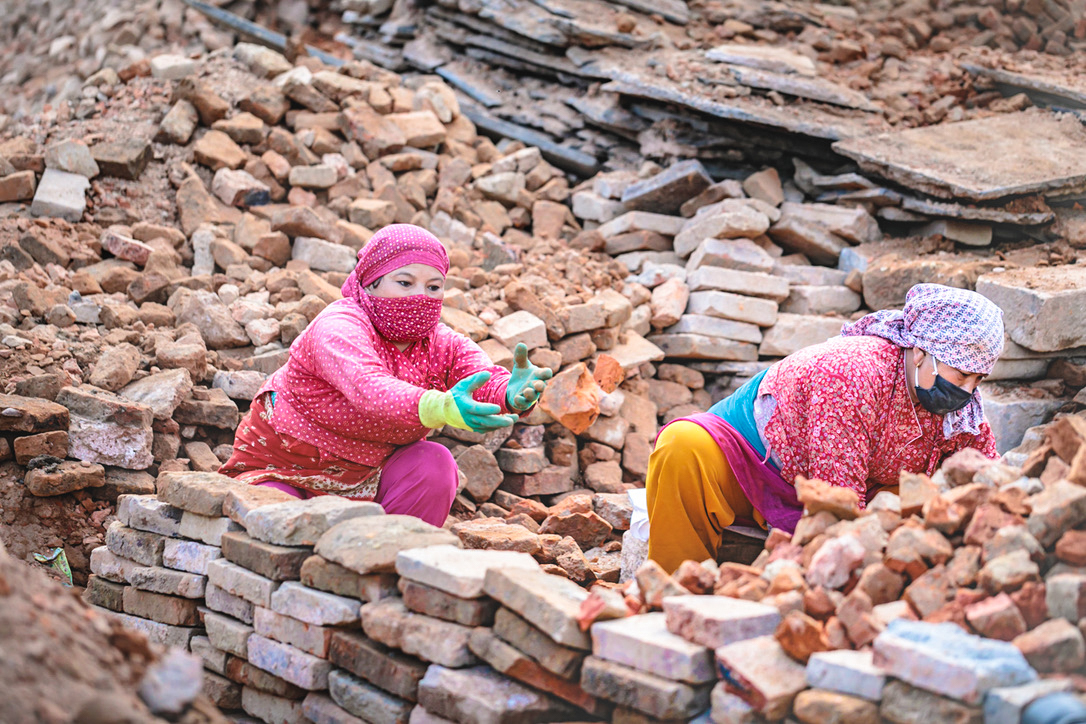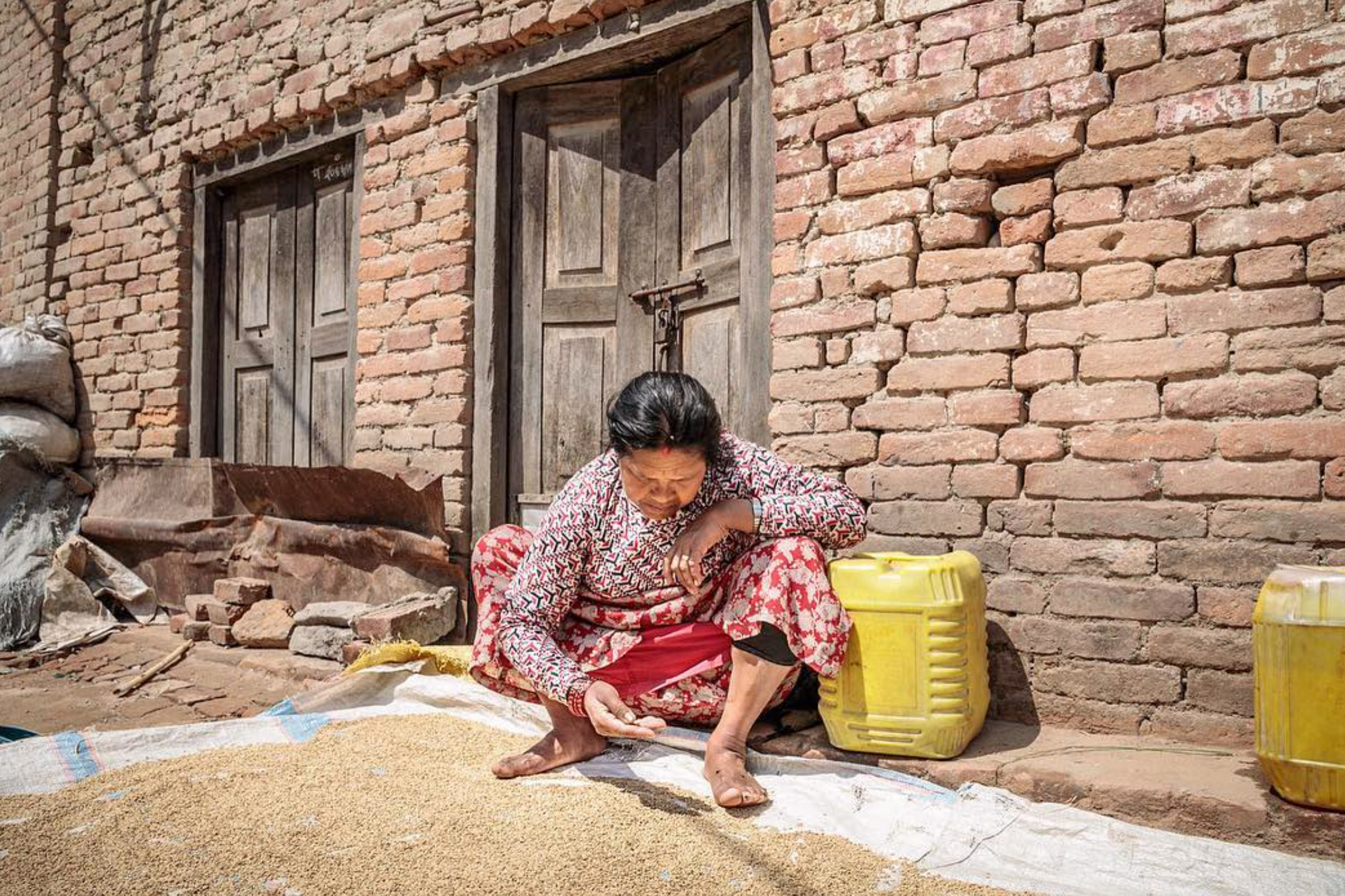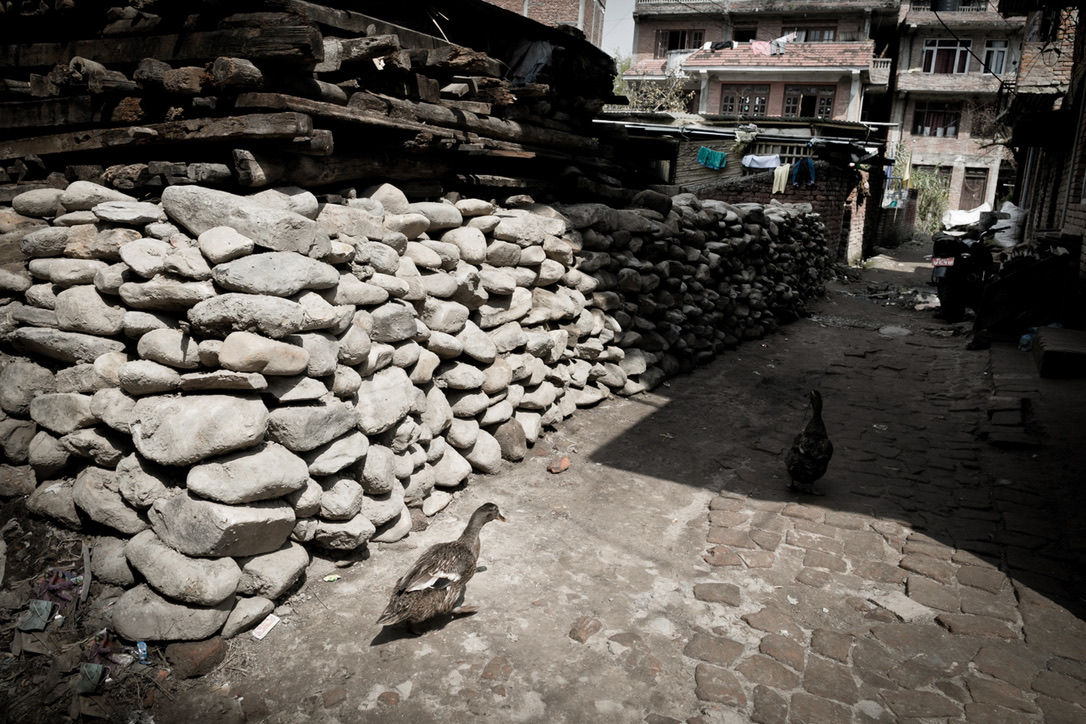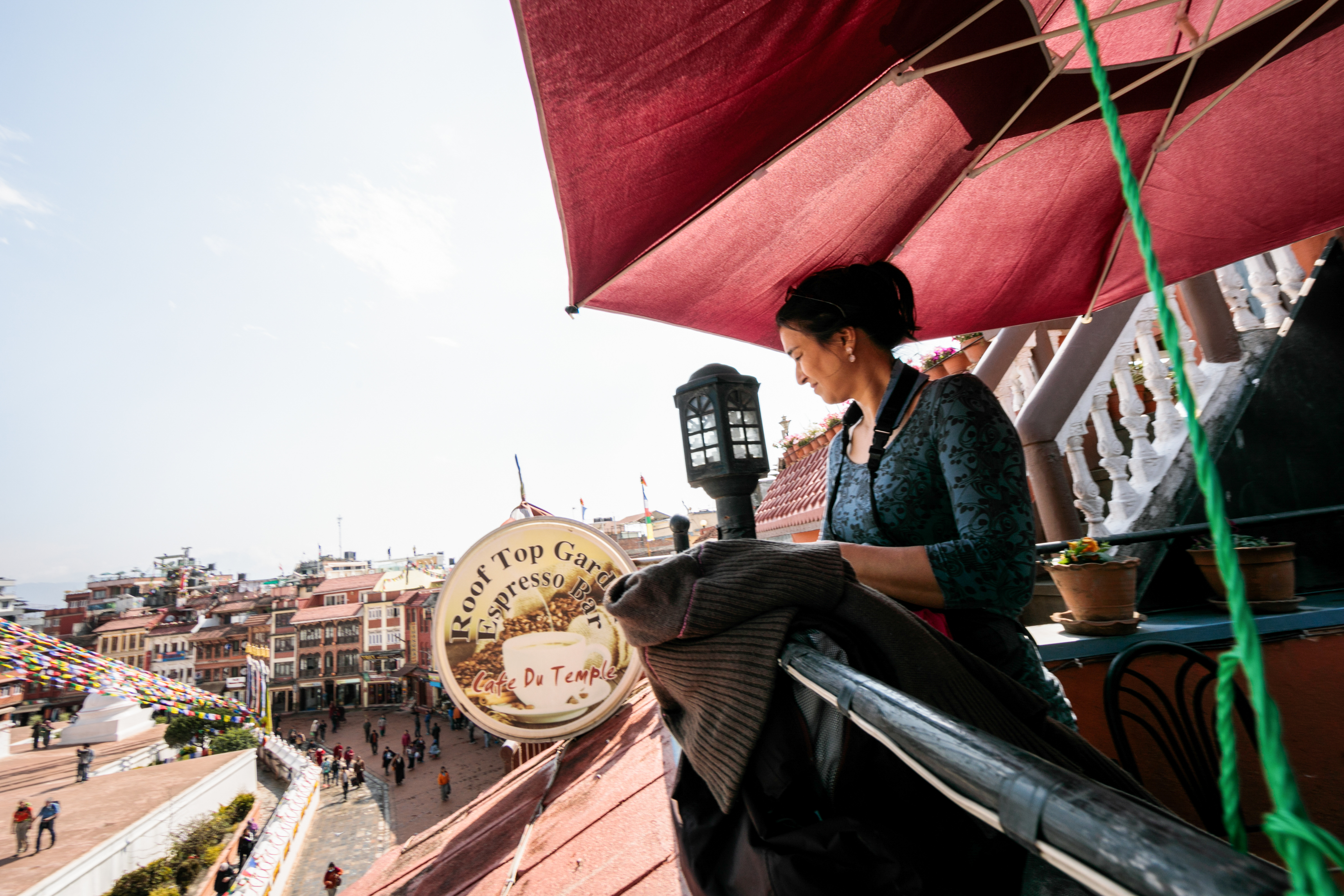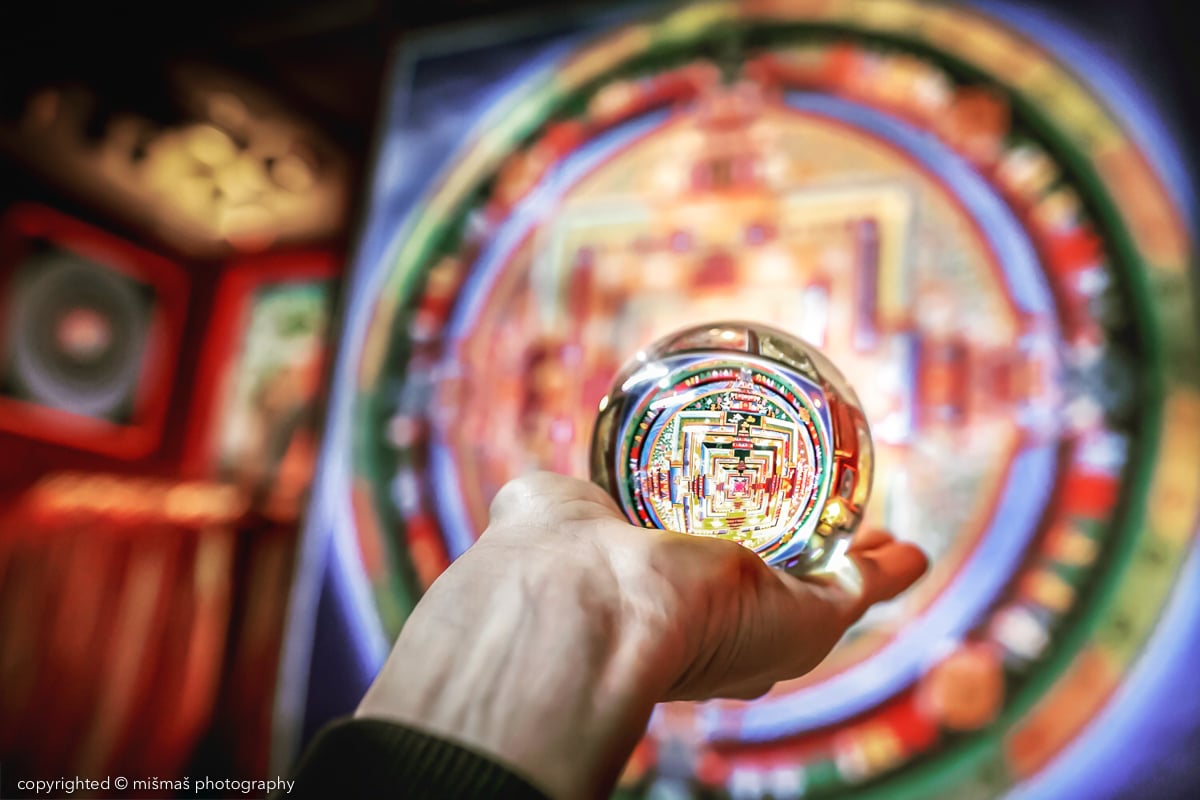Federal Democratic Republic of Nepal is a landlocked country in South Asia located mainly in the Himalayas. It borders with China, India and Bangladesh.
Earthquake Gorkha

Holi festival, the festival of colors
November 8, 2019
Holy river
November 11, 2019STORIES FROM NEPAL
Earthquake Gorkha
Country’s geographic location makes it extremely susceptible to seismic activity and highly vulnerable to a number of disasters as floods, landslides, windstorms, hailstorms, glacier lake outburst floods- and many more dangerous weather events.
Nepal straddles the fault line between Indian and the Eurasian tectonic plates forced up against and under each other, at a rate of 5cm each year.
The heavily populated Kathmandu valley has a 300 meters deep layer of clay underneath which causes buildings and roads to be very easily destroyed as well as swallowed by the earth. Nevertheless, there are districts in rural western areas of Nepal with a higher earthquake risk.
Nepal is one of the poorest countries in the world associated with increased population in urban areas, poor human development indicators, political conflicts and poor infrastructure which increases its vulnerability for disasters.
I was devastated to see the destruction earthquake Gorkha caused on 25 April 2015. After three years grounds were still shaking and during the day there are scheduled power cuts to help conserve the energy.
The quake with the 7.8-magnitude was so powerful it injured 22.000 people, erased more than 9.000 citizens and destroyed or damaged almost one million houses while shifted Mount Everest almost for 3cm.
Billions of dollars committed by international donors haven’t reach the projects directly, which means it has had little impact on recovery of rebuilding and live in traumatic conditions.
Since many Nepalis man live and work abroad, Nepalis women began to assume new underappreciated roles relief effort often considered as man’s job.
With full responsibility they are handling the households, tending children, parents, and farms as well as repairing and reconstructing the houses and rebuilding cultural sites damaged by the earthquake.
Nepalese people were use to cope with hardship and have gone through unbelievable struggles in the past, which made them stronger and are continuing to cope.
Grounds are constantly shaking and during the day there are scheduled power cuts to help conserve energy.
High end hotels are supported with generators. Still, I would recommend you to avoid using the elevator. You never know!
Catastrophic events brings more balance and equanimity to community and among people worldwide.
If you want to survive, you need to learn to coexist, and to value not just the mundane but the important things that are intangible, which we ‘Westerns’ often forget.
“One’s destination is never a place, but a new way of seeing things.” Henry Miller


